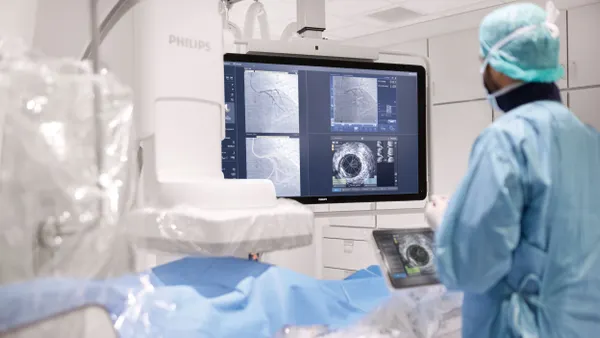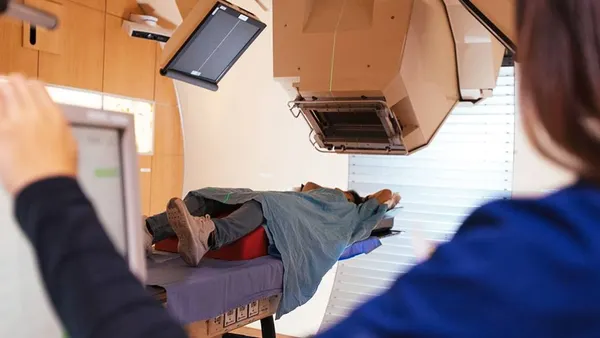Dive Brief:
-
The U.S. government is providing $24 million to support development of diagnostics that enable consumers to check if they have the flu in a belief that over-the-counter, home-use influenza diagnostics may save lives in a pandemic.
-
Cue Health and Diassess will split the funding, and have the chance to share up to $52 million more if the government extends the agreements. The government is initially providing $14 million to Cue and $10 million to Diassess.
-
The government’s willingness to commit tens of millions of dollars reflects the goals of its Biomedical Advanced Research and Development Authority. BARDA is the part of the Department of Health and Human Services that procures and develops medical countermeasures against threats including bioterrorism and pandemic viruses.
Dive Insight:
Currently, when a person is suffering from flu-like symptoms, they have to visit a healthcare provider to get confirmation that they are infected with the influenza virus. This typically means traveling to a healthcare facility and potentially picking up a prescription for an antiviral. Along the way, the person will touch surfaces and interact with other people, spreading their infection around the community. In a pandemic situation, this could accelerate the transmission of a lethal virus.
The government thinks it can curb the spread of influenza by changing how people are diagnosed and treated. In its vision, people with flu-like symptoms will perform a simple, inexpensive test on themselves at home to learn within 25 minutes whether they are infected with influenza. Patients that test positive for the virus will enter into a telemedicine consultation and potentially receive a prescription for an antiviral. Diagnosis and treatment will happen without the patient leaving home.
At-home tests would also give the government a clearer picture of outbreaks. Instead of relying on the imprecise, week-old data provided by the CDC, the government could monitor the spread of the virus in near real time and get medical supplies to outbreak hotspots.
Cue and Diassess have the task of turning that vision into a reality. The government is providing $14 million to Cue and $10 million to Diassess. If the government exercises its option to extend the agreements by 60 months, it will provide up to $30 million to Cue and $21.9 million to Diassess.
Cue, which raised a $45 million Series B round this week, will use the cash to add a flu test to its health monitoring system. Diassess is developing a disposable diagnostic more akin to existing home pregnancy tests, NBC News reports.
Since its creation in 2006, BARDA has committed hundreds of millions of dollars to the development of tests for radiation exposure, anthrax, drug-resistant bacteria and other threats to the health of the U.S. The goal is typically to facilitate the fast diagnosis of a medical threat, thereby improving the treatment of the individual and stopping the spread of the pathogen.
The influenza initiatives share that goal and if they work could provide a blueprint for other tests. BARDA is interested in having at-home tests for a range of pathogens, including Zika virus.












